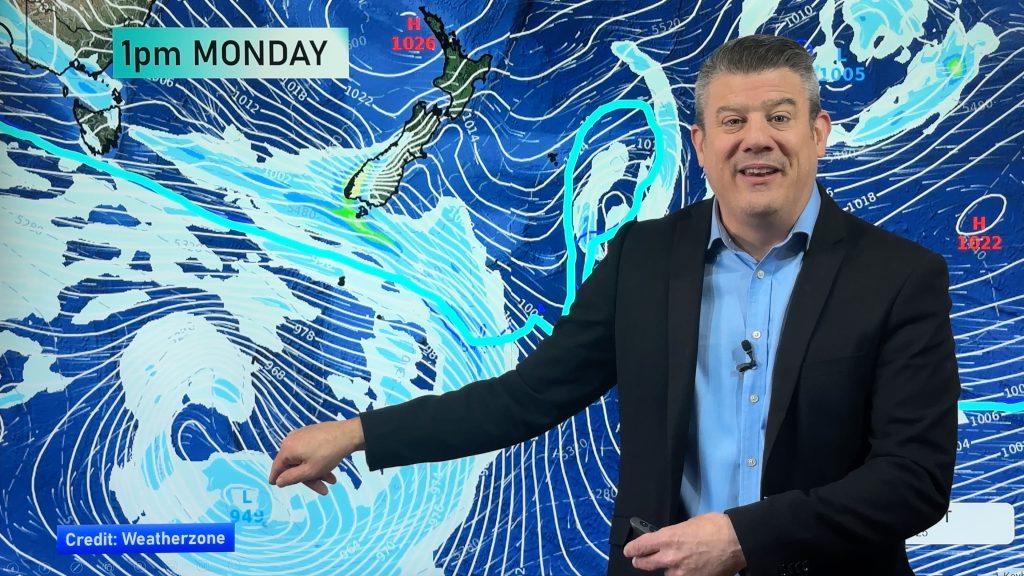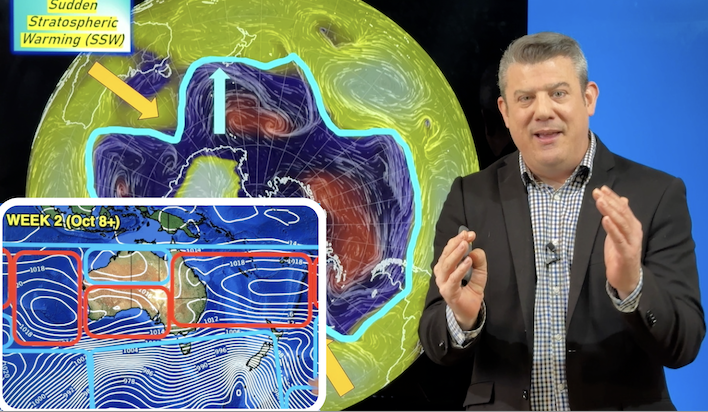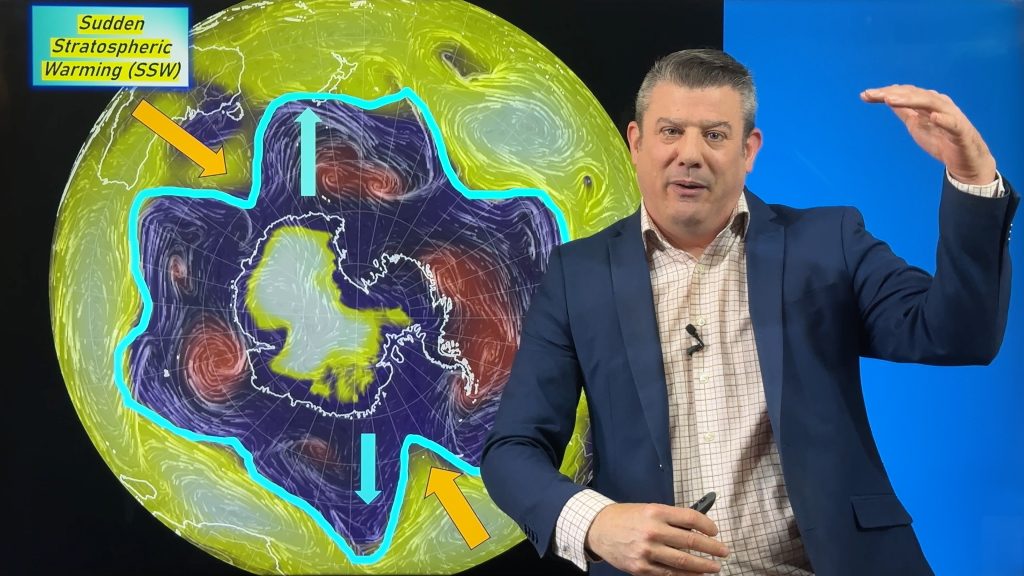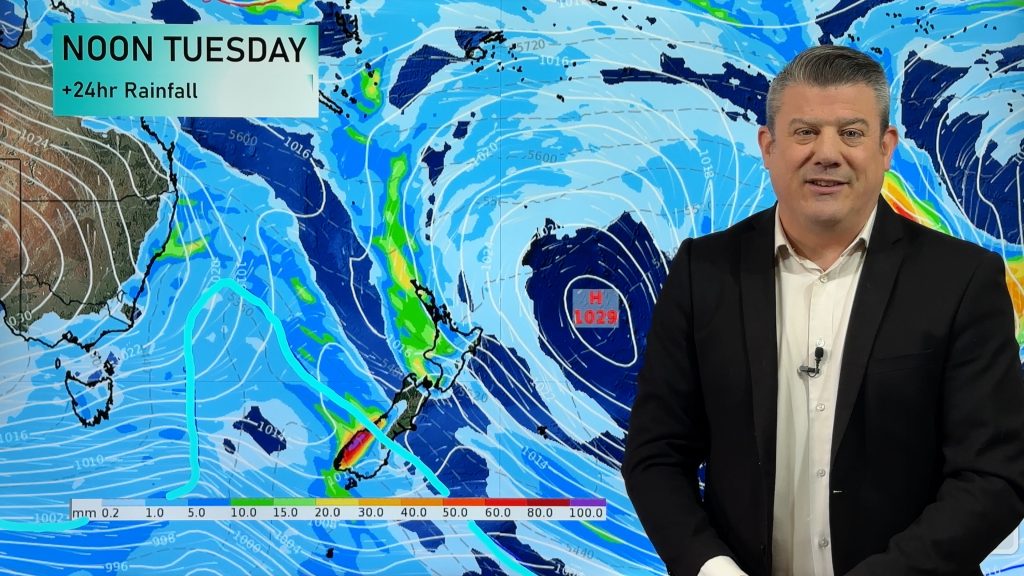
> From the WeatherWatch archives
Governments must make bolder and more binding commitments to reduce carbon emissions, according to a new United Nations report.
The “Emission Gap Report” highlights the gap between pledges made and what’s needed to avoid a dangerous rise in global temperatures.
Achim Steiner, executive director of the United Nations Environment Program, said negotiators must set in stone pledges made last year at the U.N. climate talks in Copenhagen, Denmark when they meet in Cancun, Mexico next week.
“This is not a matter of luxury choice that we can defer, but it is a matter of an ever narrower window of time in which action is feasible on a scale and compatible with also economic and technological transition paths,” Steiner said.
“That’s why we wanted to issue this report just before Cancun to remind the world that despite the struggles of Copenhagen, there is a climate path forward for the international community that it is feasible, but we have to accelerate it and there is a still a gap to meet the minimum objectives agreed in Copenhagen,” he added.
A record 15,000 delegates converged on Copenhagen last December for the 15th Conference of the Parties of the United Nations Framework Convention on Climate Change (COP15).
The talks carried high hopes for a binding global agreement to curb carbon emissions but in the end delivered a disappointing and loose set of voluntary actions named the “Copenhagen Accord.”
Eighty countries responsible for 80 percent of the world’s carbon emissions signed the accord agreeing, among other things, that the global temperature rise should be limited to two degrees Celsius above pre-industrial levels.
Average global surface temperatures have already increased by about 0.74 degrees Celsius over the past hundred years to 2005, according to the Fourth Assessment Report by the Intergovernmental Panel on Climate Change (IPCC).
The IPCC has warned that a failure to reduce carbon emissions could lead to the disappearance of sea ice by the end of the 21st century causing sea levels to rise, water shortages in semi-arid areas and an increasing risk of extinction for up to 30 percent of the world’s species.
Next week, negotiators will meet in Cancun, Mexico for COP16, to try to close the political gap between commitments made by developed and developing nations to reduce carbon emissions.
However, the “Emissions Gap Report,” released Tuesday, found that even if all nations meet all pledges made in the Copenhagen Accord, the world will be still be only 60 percent of the way towards keeping the global average temperature rise below two degrees Celsius.
The report, compiled by 30 of the world’s leading climate researchers, quantified how many gigatons of carbon emissions could be cut if all nations kept pledges made in the Copenhagen Accord, and the corresponding likely rise in global average temperatures.
It started from a base of 48 gigatons produced by the world in 2009. The report found that if nothing is done to cut carbon emissions they will rise to 56 gigatons by 2020. That equates to a likely global average temperature increase of seven degrees Celsius above pre-industrial levels.
To keep the average global temperature rise to two degrees Celsius the report found that carbon emissions must drop to 44 gigatons each year, ideally by 2020.
However, the report found that even if governments meet all the targets set out in the Copenhagen Accord, world carbon emissions would only drop to 49 gigatons.
The corresponding temperature rise would be around 2.5 degrees Celsius, higher than the two degree target.
“The ability to close that five gigaton gap is simply beyond question. We can do it,” said Steiner. He added that it could be achieved by phasing out fossil fuel subsidies and by tightening up rules on carbon credits to discourage wasteful energy practices.
The executive secretary of the UN Framework Convention on Climate Change (UNFCCC) has said Cancun can be a success if the parties compromise.
“They have to balance their expectations so that everyone can carry home a positive achievement while allowing others to do the same — that’s how multilateral agreements are made elsewhere and it is how it has to happen in climate, too,” said Christiana Figueres.
The Cancun climate talks start on November 29 and end December 10.
– CNN.COM
See CNN’s indepth climate centre here
Tell us what you think – post a comment below
Comments
Before you add a new comment, take note this story was published on 24 Nov 2010.






Add new comment